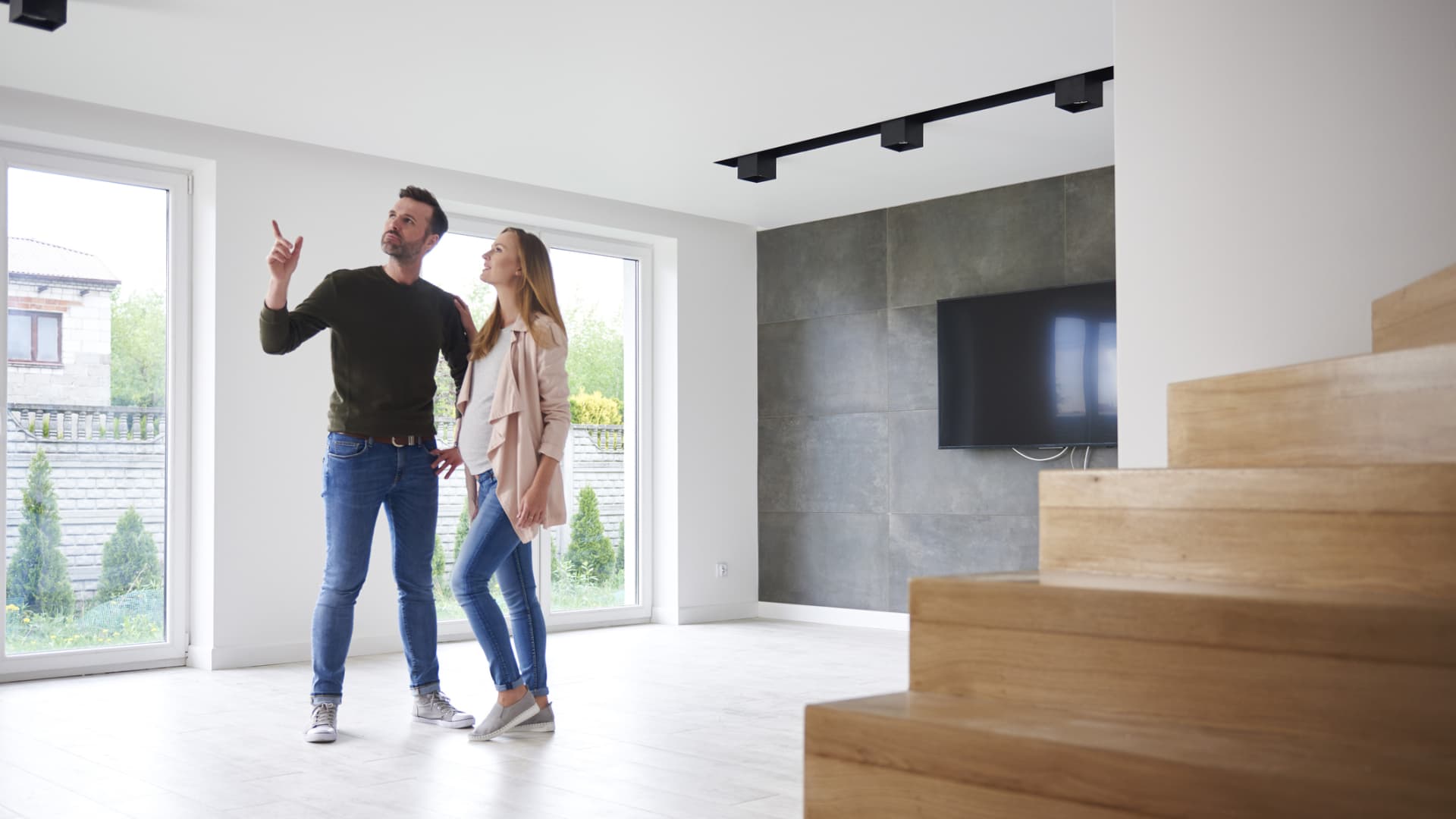As interest rates have risen, homebuyers have faced higher borrowing costs. In response, more home purchasers are choosing to buy mortgage points to mitigate the impact of increased monthly payments. Mortgage points allow buyers to pay an upfront fee in order to lower the interest rate on their loans. In some cases, sellers may assist in buying down rates to help alleviate transaction costs. Recent research from Zillow shows that nearly 45% of conventional primary home borrowers opted for mortgage points in 2022 to lower their monthly mortgage payments. This trend has continued into the current year, as compared to 29.6% in 2021 when interest rates were lower.
According to Freddie Mac, the 30-year fixed-rate mortgage currently averages 6.7%, up from 5.8% a year ago. The 15-year fixed-rate mortgage currently averages about 6%, up from 4.8% a year ago. The Federal Reserve recently decided to pause its interest rate hikes aimed at combating high inflation. However, with rates remaining higher, potential homebuyers are experiencing a reduction in purchasing power. Some experts have recommended purchasing mortgage points in order to lower monthly payments.
Stephanie Grubbs, a licensed real estate agent at the Zweben team at Douglas Elliman Real Estate in New York, recently suggested this strategy to one of her clients who lowered their asking price. Grubbs mentioned in the updated ad that the client could utilize the savings from the reduced price to buy down their interest rate. Grubbs shared that her firm started exploring this strategy more often when the Fed began raising interest rates. She stated, “In an effort to be creative, we talk to sellers about offering to buy down a rate.”
Other experts believe that purchasing mortgage points can be a beneficial strategy, particularly for those who can afford the upfront costs. By reducing monthly payments, buyers may have more flexibility in their budgets and be able to afford their homes more comfortably. Nicole Bachaud, a senior economist at Zillow, explained that mortgage points represent a percentage of the loan value. Generally, one point is equivalent to 1% of the loan value. For example, if the loan value is $300,000, one point would typically cost $3,000 and lower the interest rate by 0.25 percentage points.
When considering buying mortgage points, homebuyers should also take into account other factors. Establishing a timeline for how long they plan to reside in the home is crucial. Kamila Elliott, a certified financial planner and CEO of Collective Wealth Partners, advises that if buyers purchase points and then refinance, they may not allow enough time for the upfront payment to appreciate. Additionally, if they move within three to five years, the elevated closing costs may result in a greater financial loss.
Buyers may also want to consider alternatives, such as increasing the size of their down payment. Doing so creates more equity in the home and may lower monthly payments. If the additional funds bring the down payment to 20% of the home purchase price, it eliminates the need for private mortgage insurance, which increases the monthly expenses for borrowers who put down less than that amount. However, buying mortgage points may have a greater impact on monthly costs than increasing the down payment.
In certain situations, sellers may offer to buy down the rate to help offset costs for buyers. Stephanie Grubbs has discussed employing this strategy with her clients. She explains that it costs sellers less to buy down a mortgage than to lower the asking price. Another option to consider is a 2-1 buydown mortgage, which offers a low interest rate for the first year, a slightly higher rate for the second year, and the full rate for subsequent years. This type of mortgage may sometimes be seller financed.
When deciding on the best course of action, it is advisable to consult a loan officer who can provide guidance tailored to one’s specific situation. However, it is essential to consider the unknown variable of how the Federal Reserve will handle interest rates in the future. While current rates may seem high, it is worth noting that homebuyers in the 1980s would have been thrilled to have access to 6% mortgage rates.
Denial of responsibility! VigourTimes is an automatic aggregator of Global media. In each content, the hyperlink to the primary source is specified. All trademarks belong to their rightful owners, and all materials to their authors. For any complaint, please reach us at – [email protected]. We will take necessary action within 24 hours.


